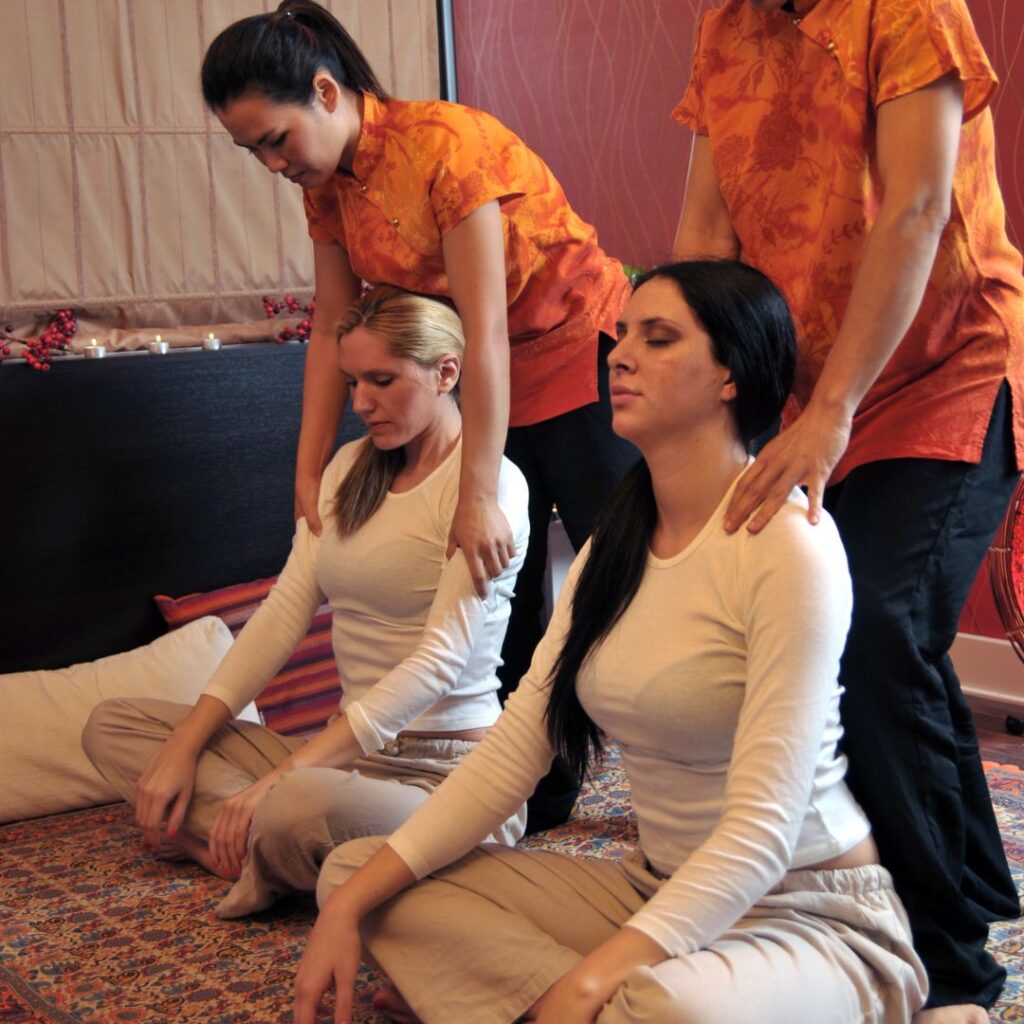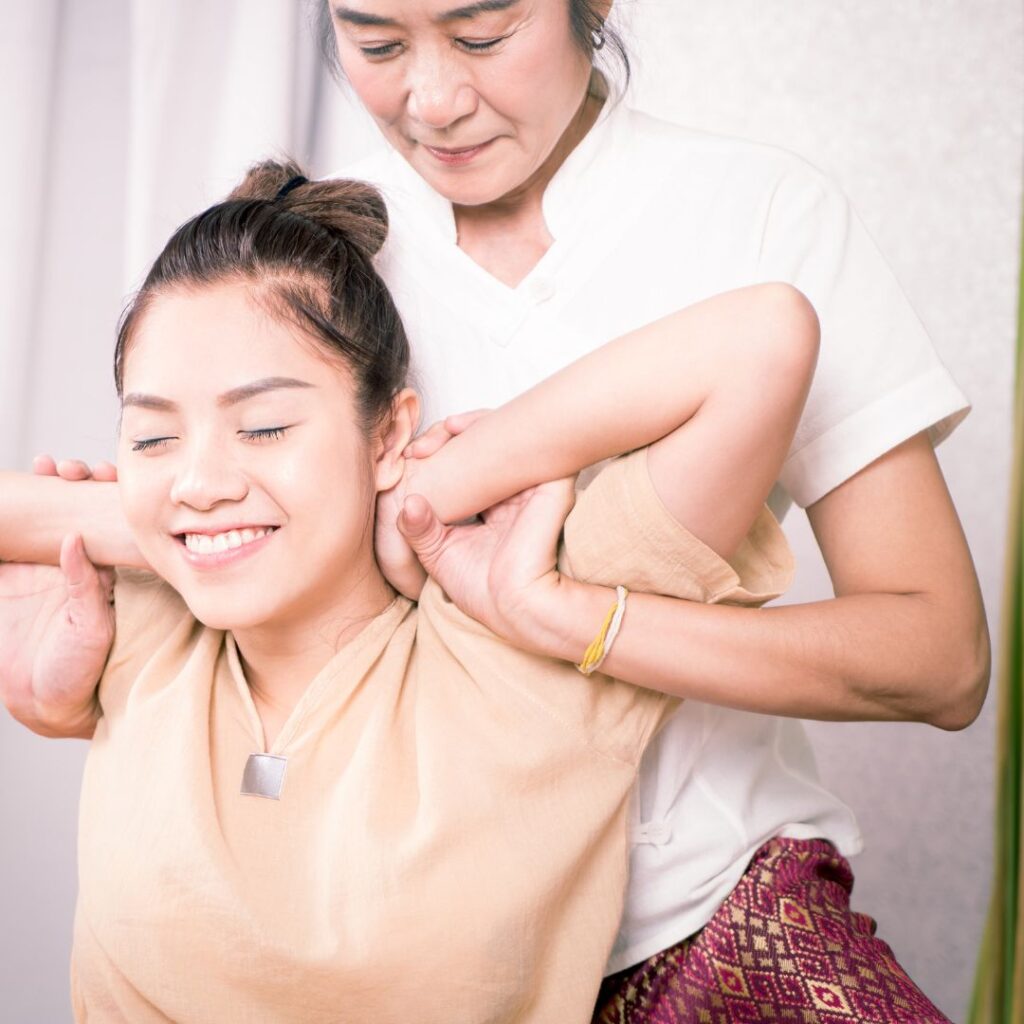Thai massage, or Nuad Thai, is both a healing art and a cultural treasure. For those passionate about wellness, bodywork, and traditional healing, becoming a licensed Thai massage therapist can be a rewarding and transformative journey. In Thailand, the licensing process ensures that practitioners uphold high standards of professionalism, technique, and respect for this ancient discipline. Whether you’re a Thai national or an international student, following a clear step-by-step approach will help you succeed in this path.
Understand the Requirements
Before embarking on this career path, it’s important to understand the official requirements for licensure in Thailand. The Thai Ministry of Public Health regulates Thai massage certification, and all licensed therapists must complete a certified training program from a recognized institution. Foreign students must also meet visa and residency criteria if they plan to work in Thailand.

Choose the Right School
Selecting a reputable training center is crucial. Schools like Nuad Thai School are accredited and follow official Thai Ministry of Education and Ministry of Public Health standards. A good school will not only provide theoretical knowledge and hands-on practice but will also teach the cultural context, safety protocols, and ethical guidelines of Thai massage. Ensure your program is recognized by Thai authorities if you intend to work legally in the country.
Complete the Required Training Hours
To become licensed, you must complete a minimum number of training hours, typically 150 to 300 hours depending on the type of massage specialization. The curriculum includes anatomy, physiology, sen line theory, massage techniques, and client care. Some schools also offer advanced courses that allow you to specialize in areas such as therapeutic Thai massage, prenatal massage, or foot reflexology.
Gain Practical Experience
After completing formal education, students are encouraged to gain hands-on experience through supervised practice or internships. Many schools provide practice clinics where students can work with real clients under professional guidance. This stage is essential for building confidence and mastering techniques with proper posture, pressure, and flow.
Pass the Licensing Exam
To receive your license, you’ll need to pass both written and practical examinations administered by the Department of Health Service Support in Thailand. The exam tests your understanding of Thai massage theory, technique, and safety standards. Practicing consistently before the exam and seeking feedback from instructors can improve your chances of success.
Apply for Your License
Once you pass the exam, you can apply for your official Thai massage therapist license. This includes submitting your certificates, application forms, and identification to the relevant health authorities. Licensed therapists are eligible to work in spas, wellness centers, and even open their own businesses.
Stay Committed to Learning
The journey doesn’t end with licensure. Thai massage is an evolving practice, and continuing education is vital. Many therapists attend workshops, advanced courses, and spiritual retreats to deepen their skills. Staying updated with new techniques and industry trends ensures you remain competitive and effective in your practice.

Build a Professional Reputation
Developing trust and rapport with clients is essential in this field. Ethical conduct, punctuality, and effective communication go a long way in building a solid reputation. Networking with other professionals and joining wellness communities can also help grow your client base.
Final Thoughts
Becoming a licensed Thai massage therapist is not just a professional milestone—it’s a personal and spiritual journey. At Nuad Thai School, students are guided every step of the way to ensure they embody the true essence of Thai healing arts. Whether you aim to practice in Thailand or take this wisdom to the world, your path begins with dedication, training, and a deep respect for tradition.

